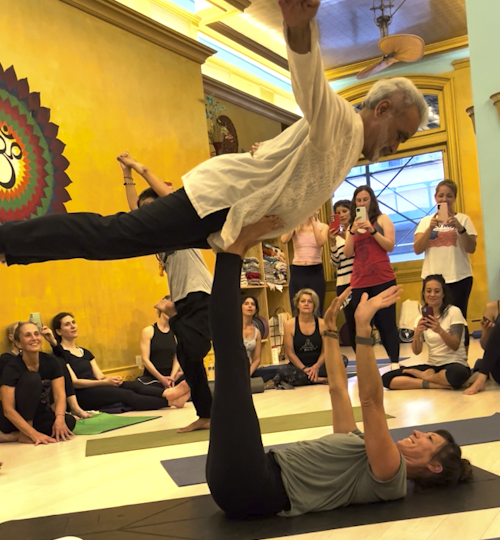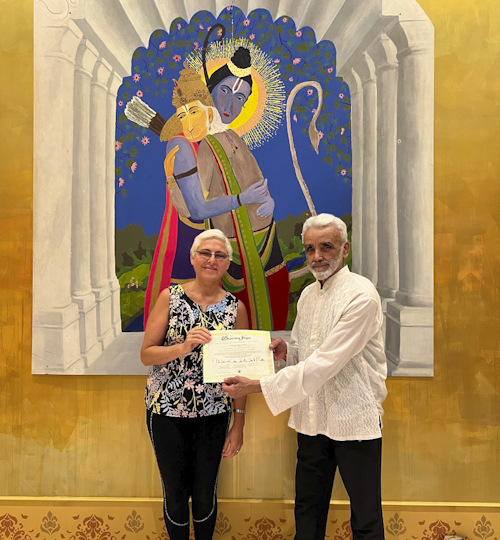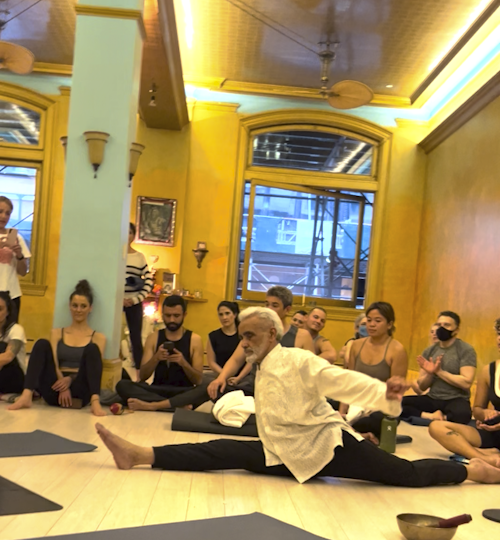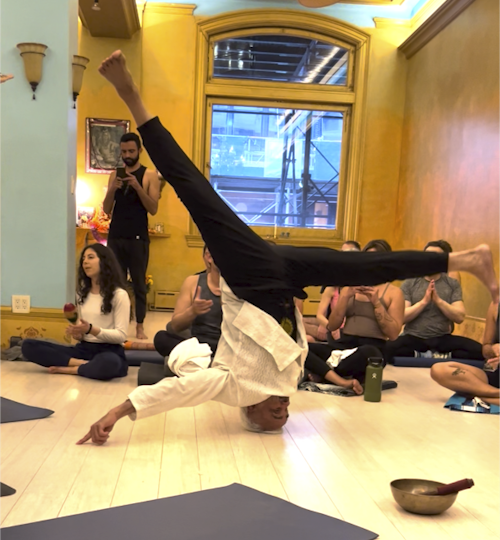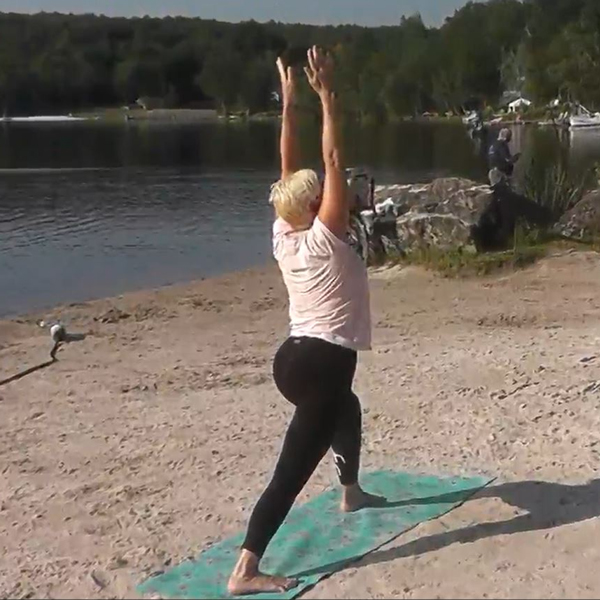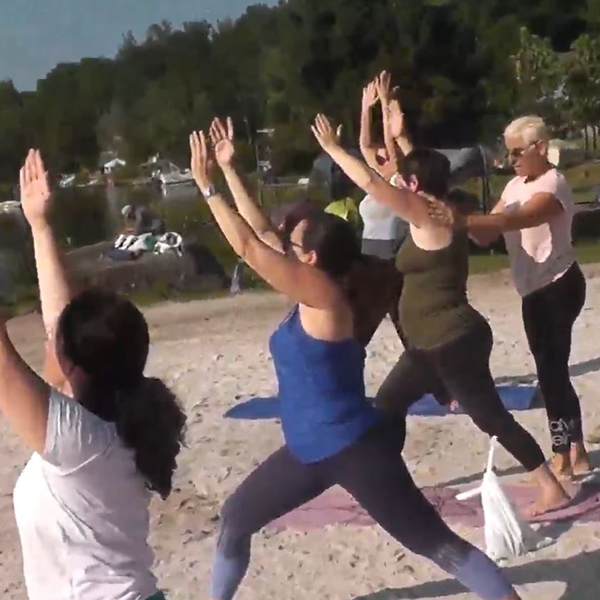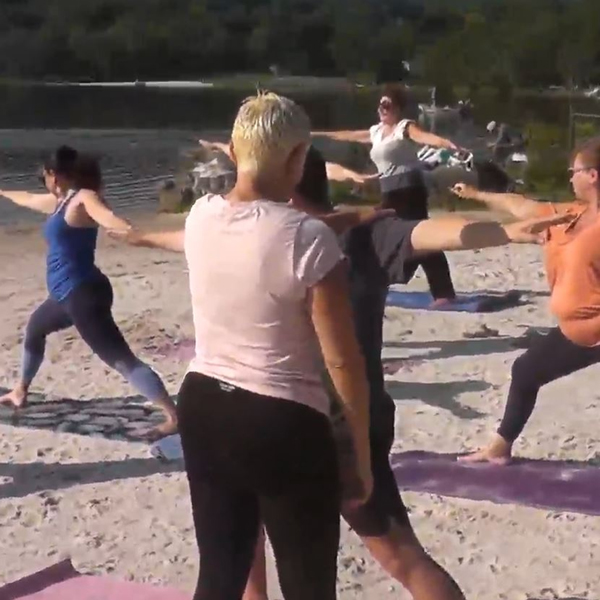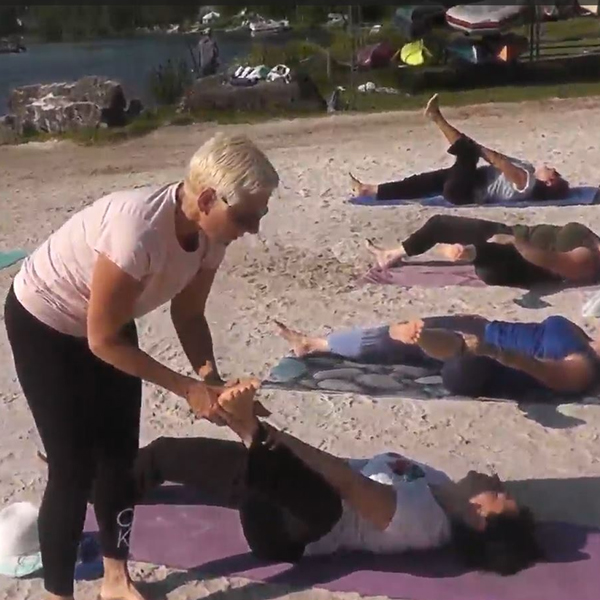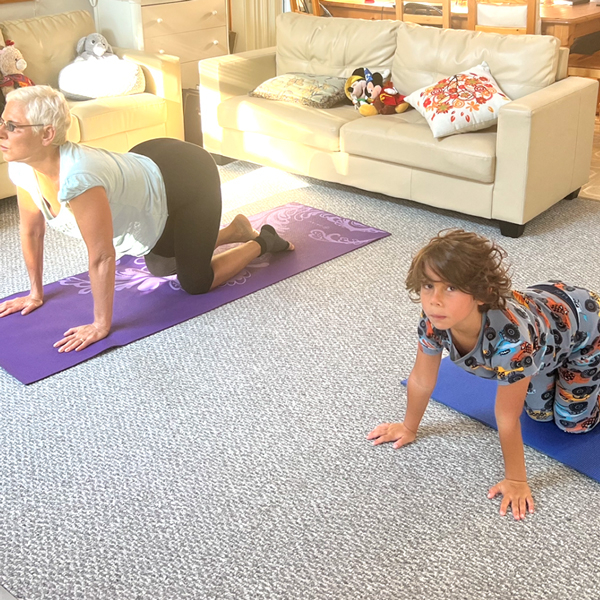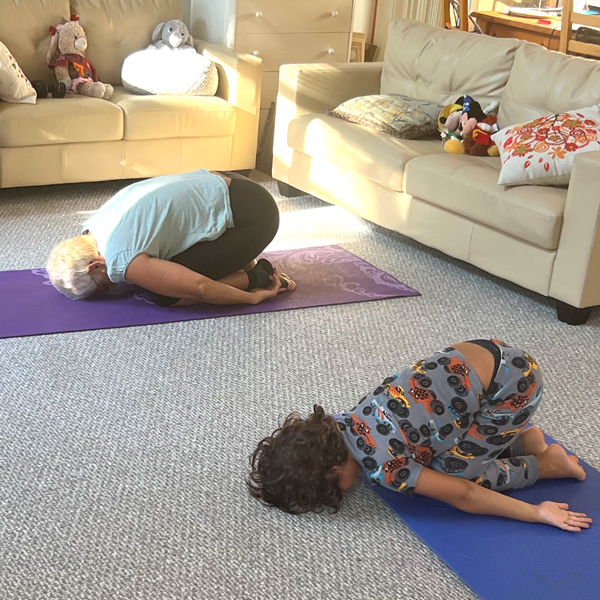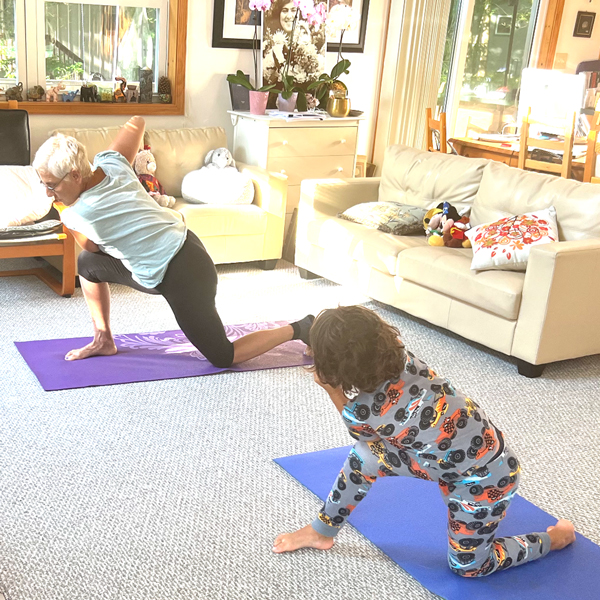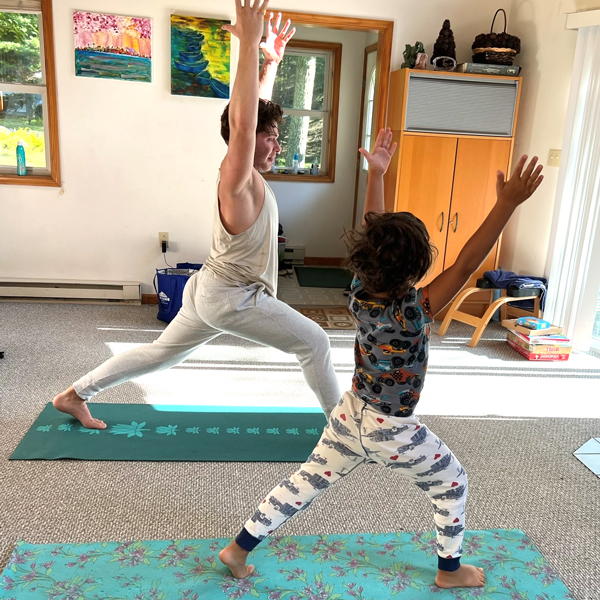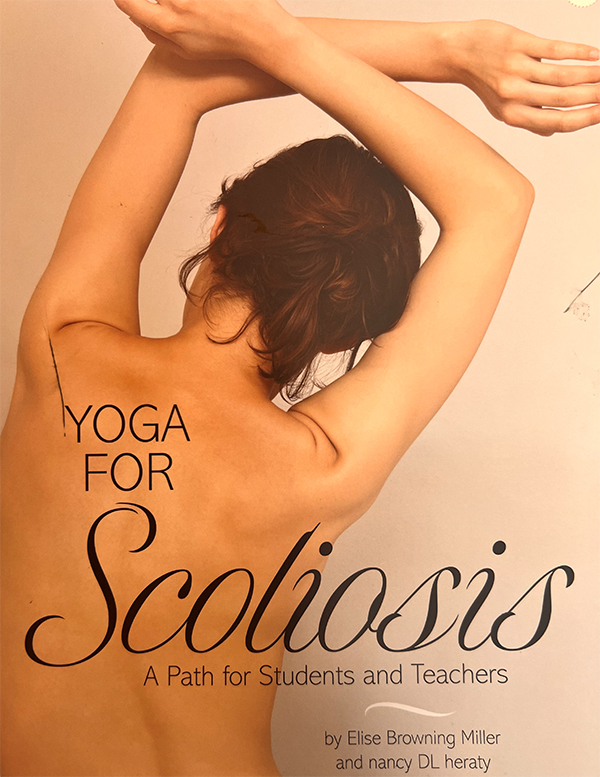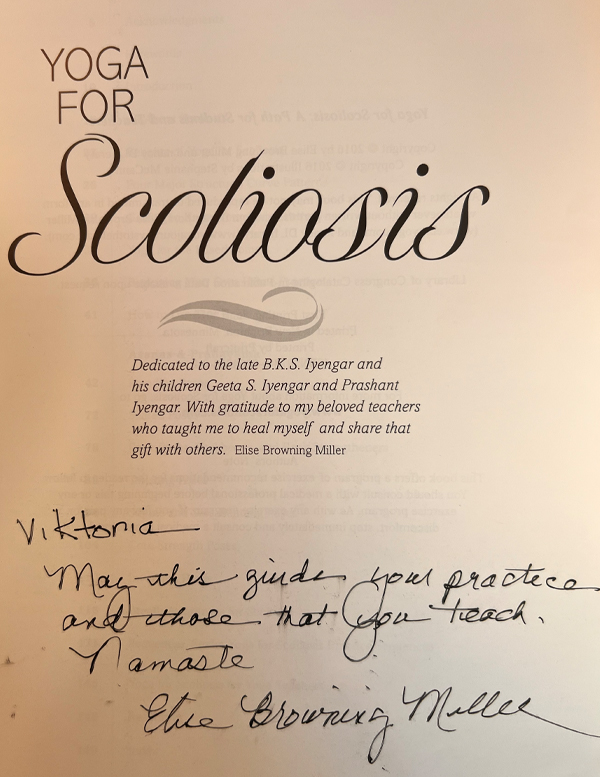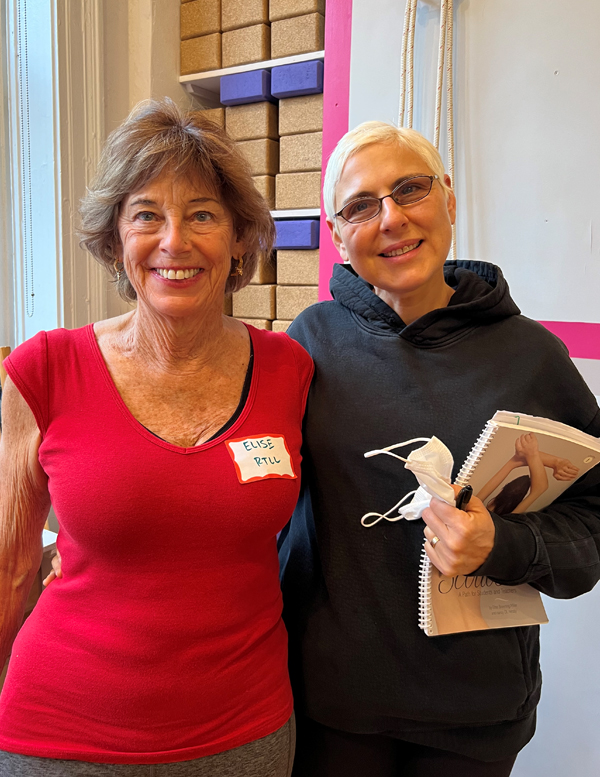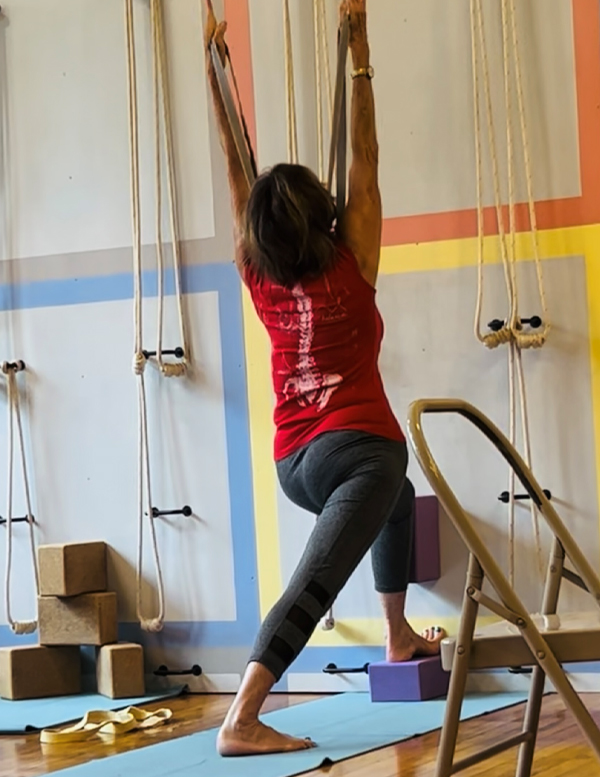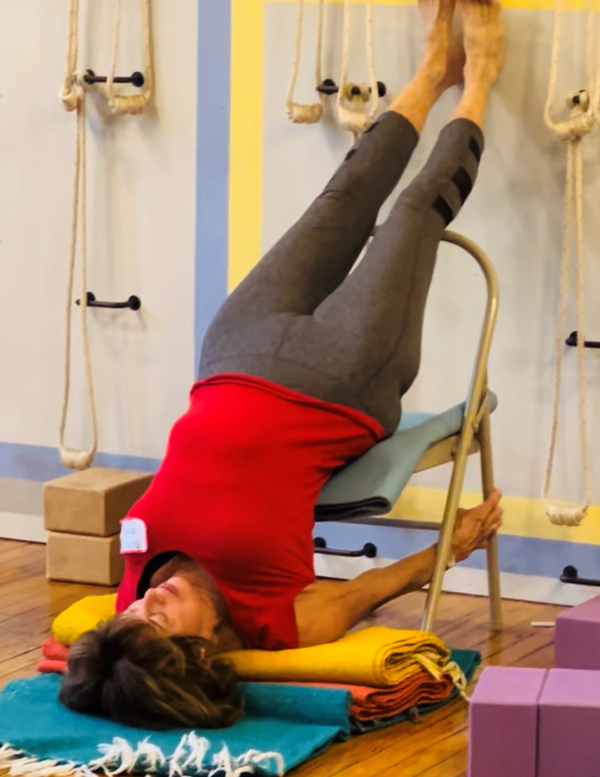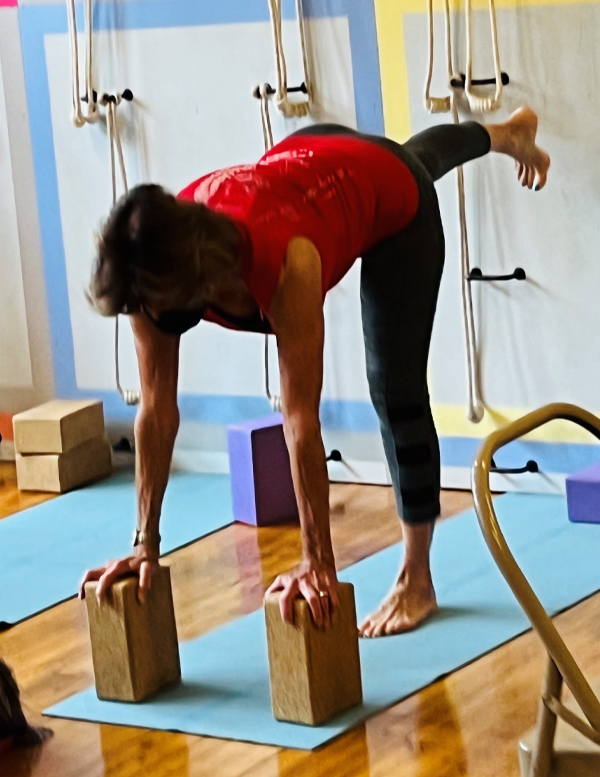YOGA FOR SCOLIOSIS
Yoga an ancient mind and body practice that combines physical postures, breathing exercises, and meditation to improve mental and physical well-being.
BENEFITS OF YOGA
- Postural control and endurance
- Flexibility
- Strength
- Breathing control
- Balance
- Control of emotional states
- Imagination
Many fitness disciplines, including gymnastics, were inspired by yoga and contain physical elements of yoga practice.
Similarity between yoga and Scoliosis specific exercises

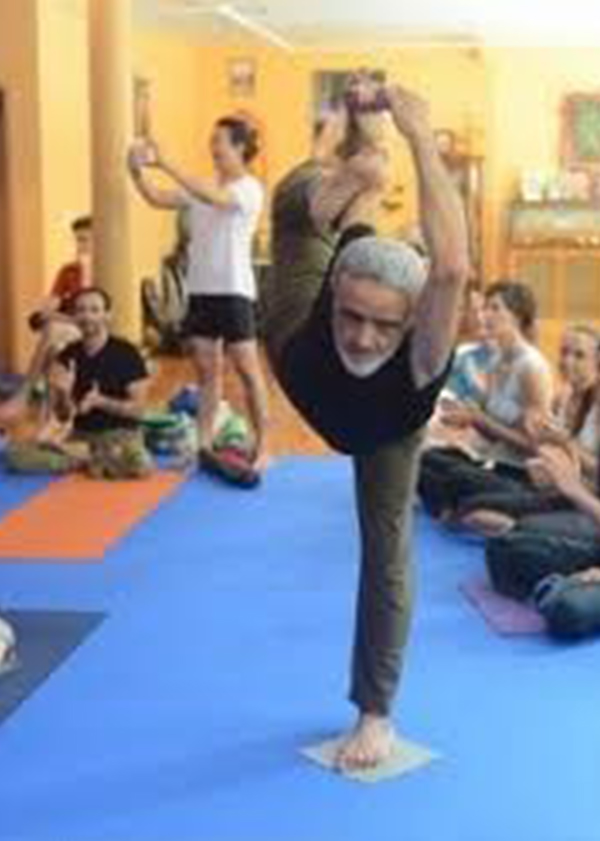
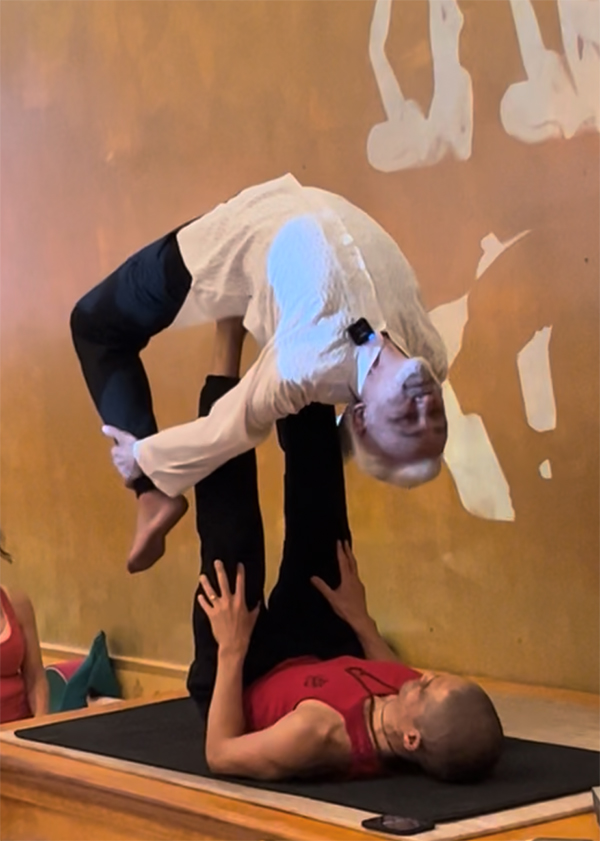
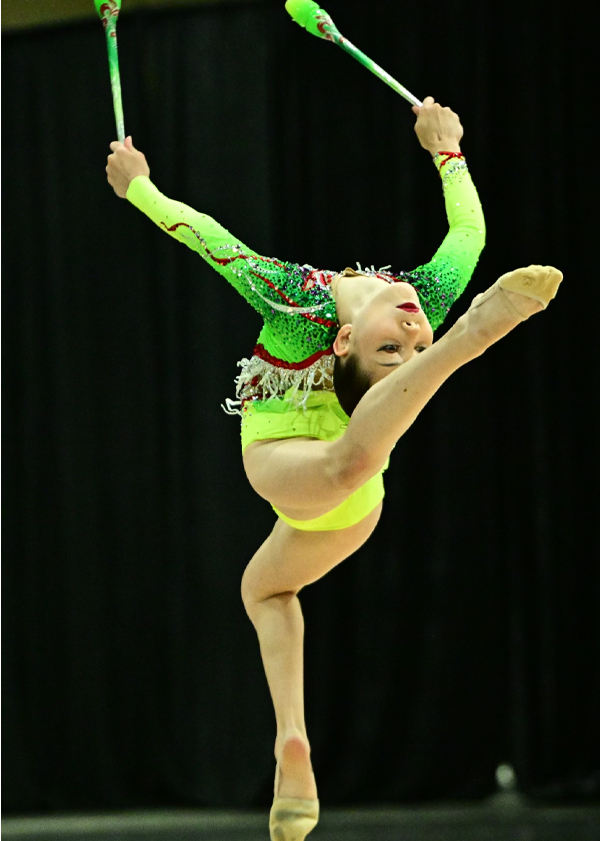
Yoga is an ancient philosophical practice that includes ethical and physical practice. Practice of asanas promotes better flexibility and postural alignment. Asana (or yoga posture practice) along with pranayama (breathing practice) prepare the body for meditation that happens when the steady state of the mind and body is attained.
Scoliosis Specific Exercises also include physical poses enhanced with breathing exercises. Just like yoga asanas they require steadiness and postural control while maintaining the best possible spinal alignment.
BENEFITS OF INTEGRATING YOGA ELEMENTS INTO SCOLIOSIS SPECIFIC TREATMENT
Yoga exercises are enjoyable for children and adults due to their calming nature and can be an excellent adjunct to scoliosis therapy program. Yoga postural practice and breathing exercises can be easily integrated into scoliosis care.
Benefits for adults
Adults can benefit from yoga to train endurance of postural muscles through holding positions for a long time. Yoga flow helps to improves control of movement through practice of smooth transitions between the poses.
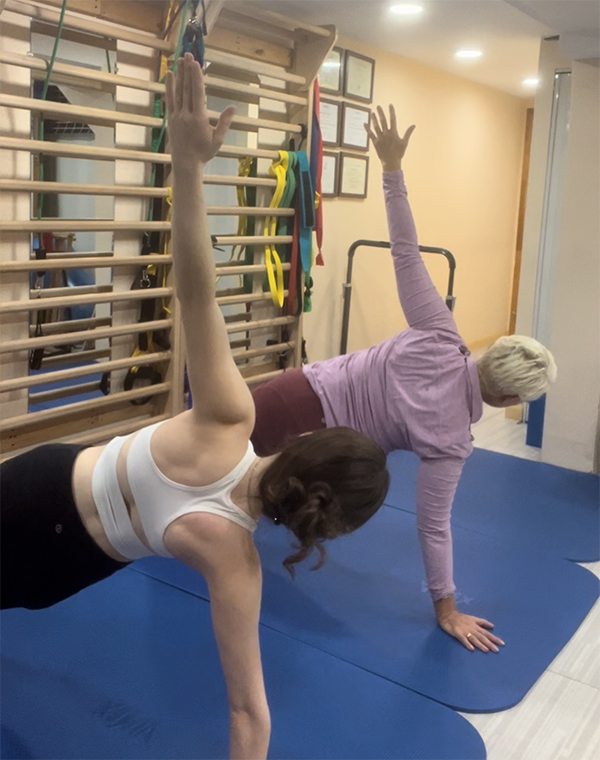
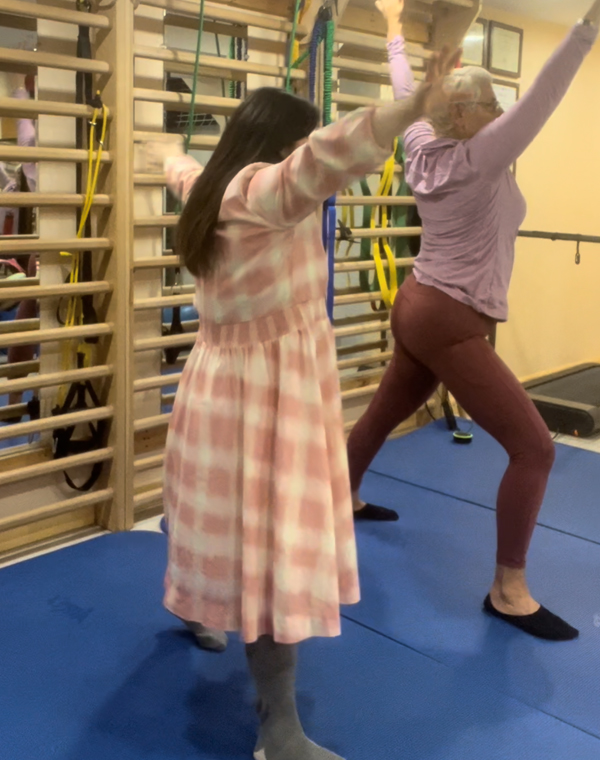
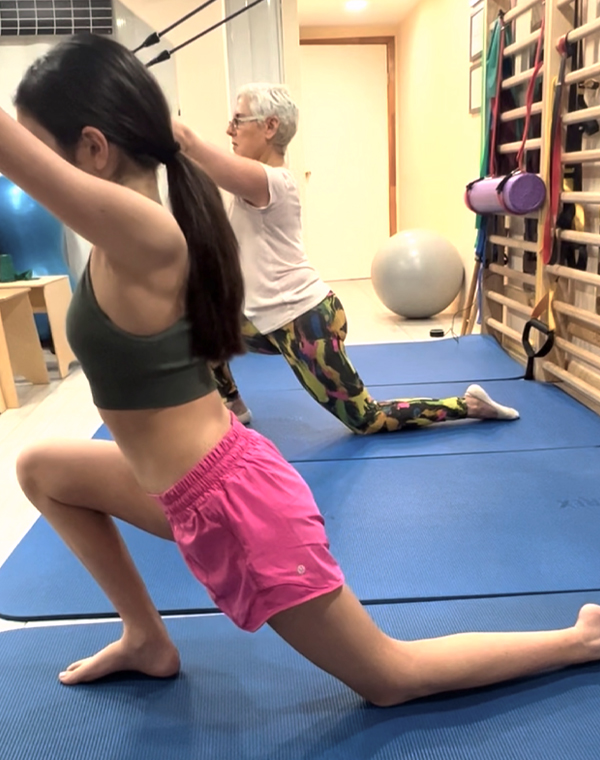
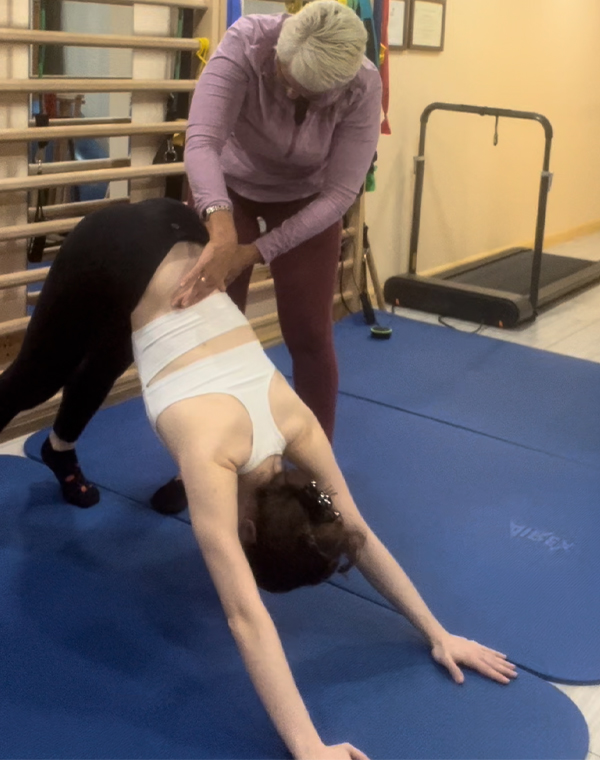
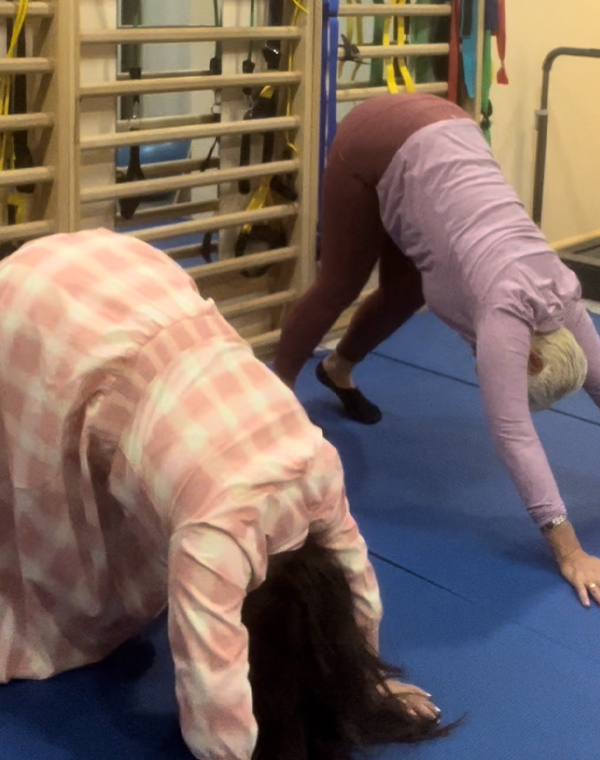
Benefits for children
Children love simple yoga poses and routines if they have strong components of imagination and play. This helps them to learn and memorize the poses with ease.
Enjoyable inversions – to lengthen the spine or stretch the legs
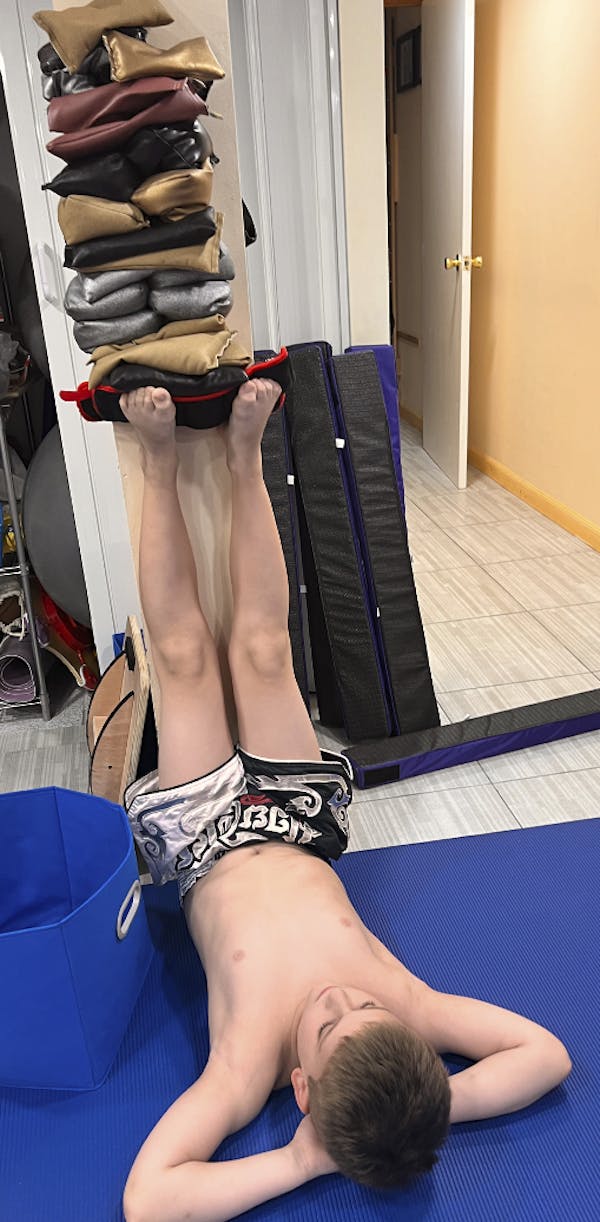
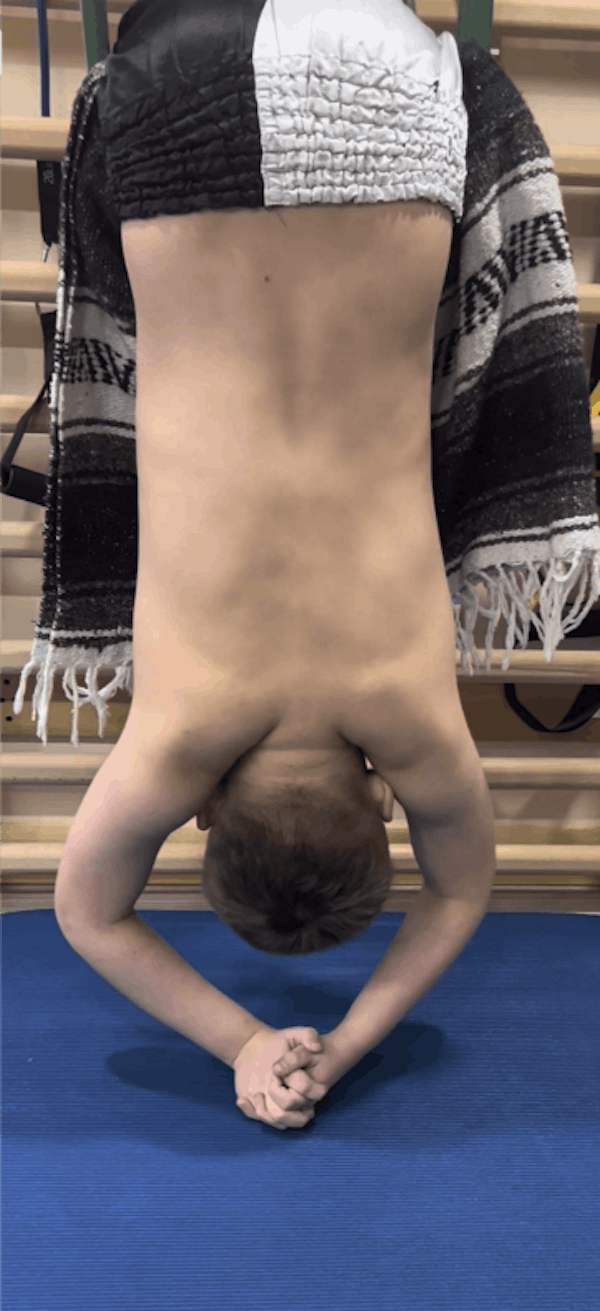
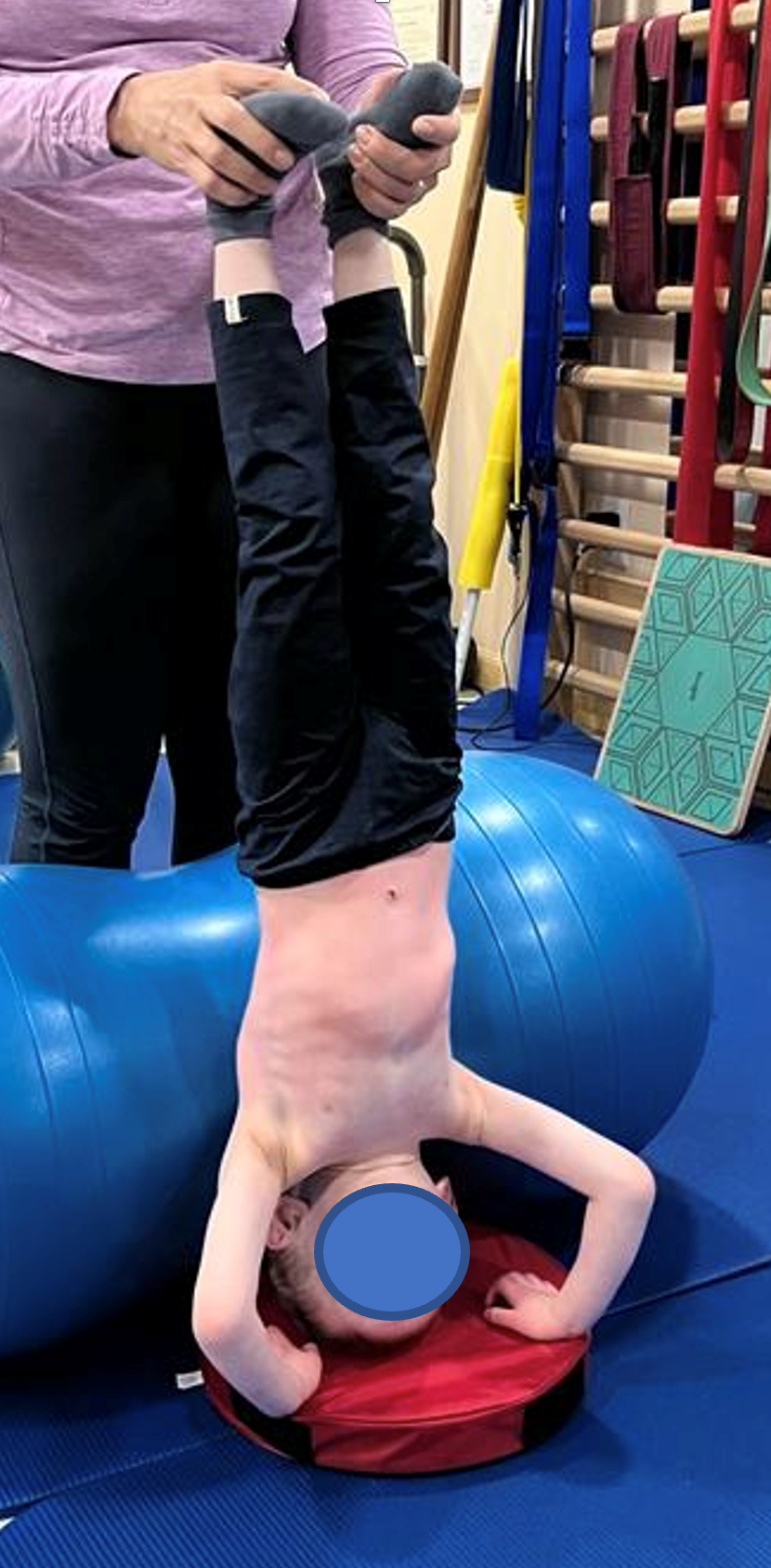
Spinal elongation
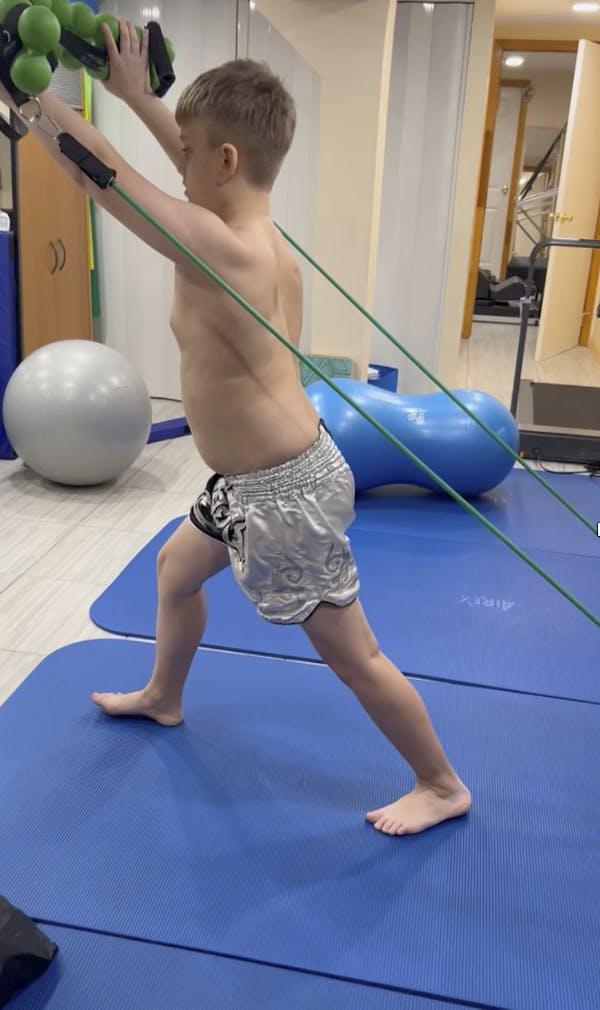
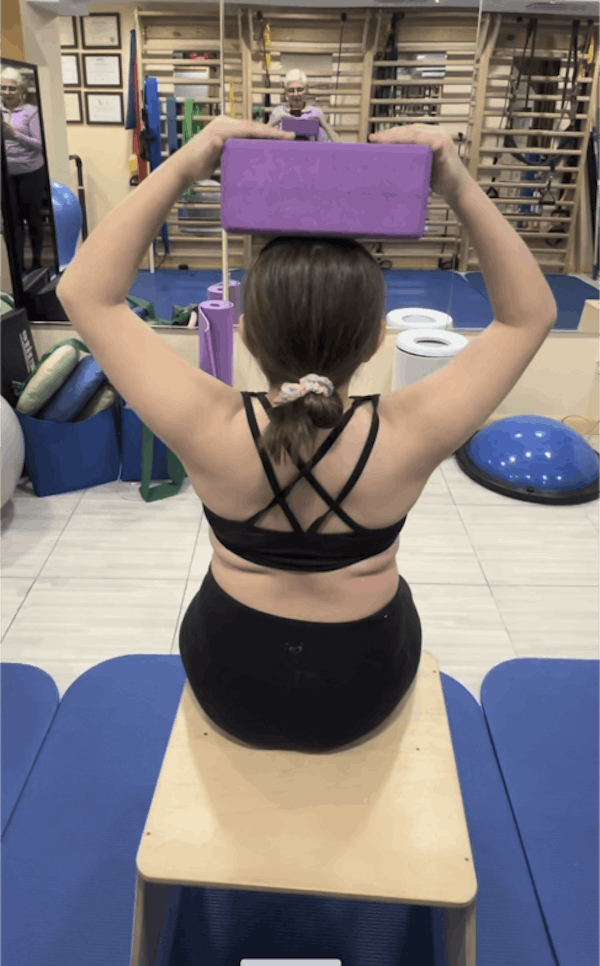
Balance and control of posture
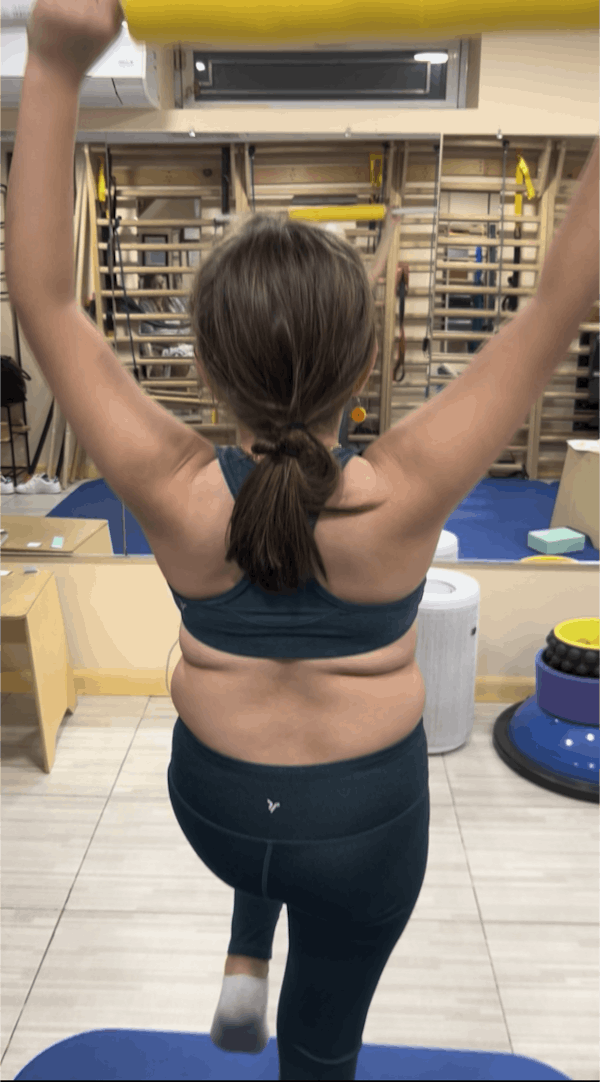
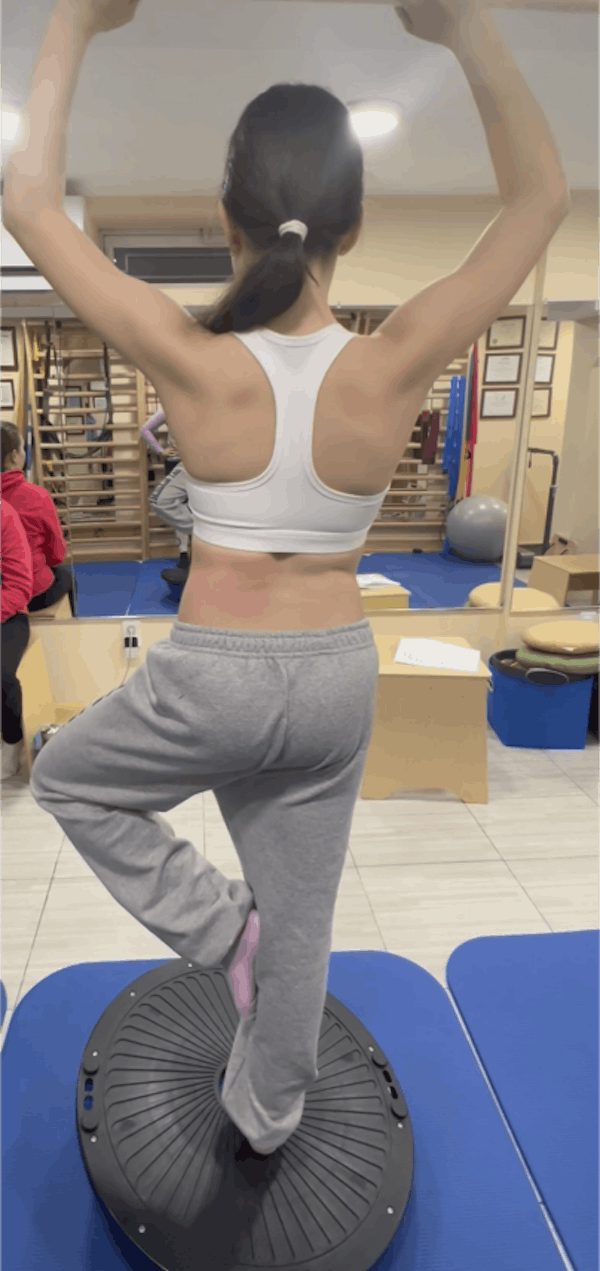
BREATHING EXERCISES (PRANAYAMA)
Breathing is essential vital function that is automatic by nature. Yet breathing can be consciously controlled and regulated to reduce stress, decrease anxiety, and promote healing. Breathing, or pranayama practice is performed to achieve meditative state in yoga. Breathing exercises can be easily performed by children and adults.
Breathing in scoliosis care is an integral part of treatment:
- 1
Breathing regulates postural stability. During full inhalation postural stability increases and following full exhalation postural stability decreases.
- 2In scoliosis the areas of the ribcage that correspond to curve concavities are not able to expand enough during inhalation. This is happening due to the tensions and restrictions imposed by the asymmetry of the spine. Directing air towards concavities through special breathing techniques helps top restore normal shape of the ribcage.
- 3
In kyphosis certain areas of the ribcage are also restricted. The shape of the ribcage and even the shape of the spine can be improved and restored through breathing exercises targeting restricted area of the lungs.
A young child doing diaphragmic strengthening exercise – Bhastrika pranayama in yoga
A young child doing “balloon breath” exercises focusing on good posture
